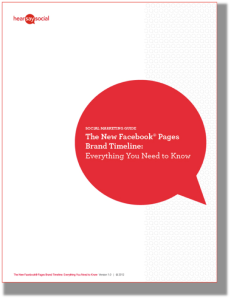This article looks at the benefits of having a cross marketing strategy and program. It is a first in a series titled “Energizing Your Marketing Budget: How to make the most of your marketing resources and budget.”
Cross marketing (not to be confused with co-marketing) is when two businesses partner to promote their products or services together. Cross marketing allows partners to share the costs of promoting their products – getting more from their marketing dollars. Webinars, trade shows, advertising, white papers, website links, and sharing customer mailing lists are cross marketing activities that when done together with a partner provide valuable business benefits.
Here are my top 5 reasons to include cross marketing in your plans.
1. Increase Customer Value: Together you and your partner(s) offer a more complete customer solution. Partnering with companies that offer complementary products can provide a solution that creates additional value for your customers. For this reason, choose a partner that targets like customers.
2. Strengthen Credibility and Reputation: The company you keep says a lot about you. When you choose a partner with a similar reputation in the industry, you further strengthen customer perception of your company and products.
3. Showcase Expertise: Participating in cross marketing promotions provides additional opportunities to showcase your expertise and reinforce the brand experience customers have with your product and company. When you choose to partner in cross marketing activities, these activities should always be consistent with your brand’s identity.
4. Broader Market Reach: With the right choice in partners, you increase your reach by sharing customer lists, customer referrals and by being included in your partner’s outreach activities; emails, newsletters, promotional materials and social media.
5. Build Strategic Relationships: Cross marketing activities can be a great way to begin or further strengthen a strategic relationship with a partner. By spending time getting to know each other, you potentially learn new methods to improve marketing results and ultimately help one another grow your businesses.
A few things to keep in mind when working with a potential partner that will increase your chances for success: Cross marketing partnerships range from simple to complex but to be successful the organizations should be in agreement on the goals, the budget and the timeline as well as have the necessary committed resources. Consider your communications styles, do you use the same channels to market? Are your budgets similar in size? Understanding similarities and differences at the start of a partnership can alleviate potential problems and increase the probability of realizing the benefits from cross marketing.
The next article in the series, Energizing Your Marketing Budget will look at making the most of your marketing resources and budget by taking advantage of free marketing services, education and materials. The article will provide examples of some of those offered by leading marketing product and services companies.
Resources:
Entrepreneur, Co-Marketing: Twice as Nice or Double the Trouble?, Barbara Findlay Schenck, from Business on Main, January 16, 2013.
eHow, Cross Marketing Ideas, Gina Ragusa
biznik, Lead Generation through Cross Marketing, Joel Torres










